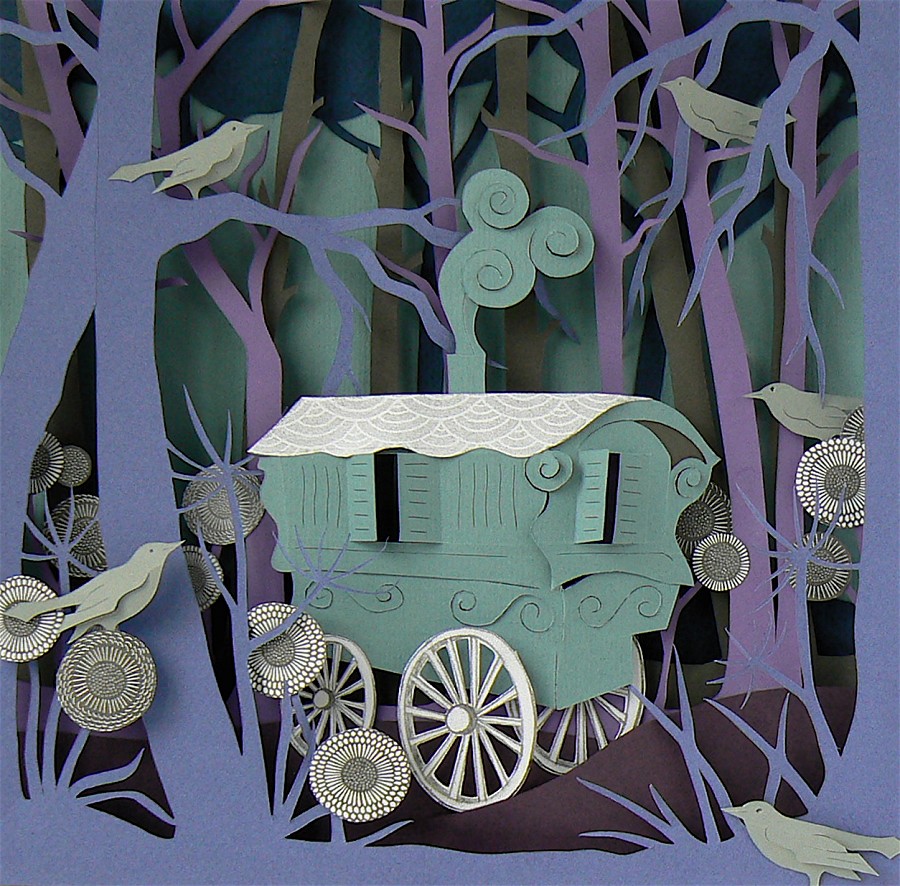As promised, Spotlight is back! Today I want to focus on Fairfield Porter, an artist I mentioned in the Spotlight on Herman Maril. I have been trying to marshal my thoughts on Porter since yesterday, trying to figure out what it is about his work that I love so much and what exactly I want to convey about him to you. For whatever reason, Porter's work can be difficult to talk about. Porter was a realist painter in the 50's through the 70's, a period of time that is often called the "Age of Abstraction"- hence the title of the book on him that I own, "Fairfield Porter: Realist Painter in an Age of Abstraction". He is well known in so-called "art circles", but I would bet that a random survey of people off the street would yield little recognition. I had never even heard of him until my freshman year of college, when Timothy App (whose name, along with other influential teachers, will probably pop up often in this blog) introduced him to my Painting 1 class. And, even in these so-called "art circles" I mentioned, I do not feel that Porter often gets his due for being the fantastic painter that, in my opinion, he was. He is altogether eclipsed by the shadows of other, more recognizable, Abstract Expressionist painters from the "Age of Abstraction"- Willem DeKooning, Brice Marden, and Roy Lichtenstein to name a few. Some might say this eclipse happens so easily because Porter went against the tide of the times in painting realist scenes and scenarios.
So why did he do this? In an interview with Paul Cummings included in "Fairfield Porter: Realist Painter in an Age of Abstraction", Cummings says to Porter, "You've painted a number of interiors and landscapes." and Porter replies, "What I think now is that it doesn't matter much what you do. What matters is the painting. And since a reference to reality is the easiest thing, you just take what's there." Porter's paintings, while being of said "interiors and landscapes", are nonetheless abstractions. The definition of "abstract" as it applies to Fine Art implies an emphasis on geometric line, shape, and colors. Often this results in an image that is not recognizably painted from the world around us; yet if the image that results looks comparatively like our world it ceases being called abstract and becomes realistic. Yet many painters regard the line between abstraction and realism to be one drawn unnecessarily, the two are one and the same and to be able to paint a scene and make it look convincingly like "reality" you have to be able to see the abstract in what you are painting from: you have to be able to look at a chair and not see our human concept of a "chair", but simply a brown square shape next to a brown rectangular shape next to a blue shape next to....and so on. Even the most "realistic" paintings are inescapably altered from "reality" by the act of the artist rendering the scene with his mind's eye and his hand in various materials. His vision is always embedded in the work, and part of what creates interest in seeing a painting of, for example, a landscape in Maine versus just driving to Maine and seeing the landscape in person is the way the artist has interpreted the landscape with his paint. The two experiences are entirely different.
Porter's paintings are beautiful, bright, emotional, and personal "interiors and landscapes" that are thoroughly abstract and look effortlessly painted. I think these qualities are what draws me to them. I enjoy entering Porter's world through them- many were painted during summers in Maine with his family- and I love being able to, through one eye, see a realistic rendering of whatever he chose to paint, while through the other eye simply seeing the paint- the colors, shapes, and lines it makes. Porter did not want people to view his paintings looking for an idea or a concept, but to simply see them for what they are- paintings. Paint on canvas. John Ashbery, who knew Porter personally, wrote in his essay on Porter "Respect for Things as They are" (again in my "Fairfield Porter: Realist Painter in an Age of Abstraction" book) that Porter's paintings, "...Are intellectual in the classic American tradition...because they have no ideas in them, that is, no ideas that can be separated from the rest. They are idea, or consciousness, or light, or whatever. Ideas surround them, but do not and cannot extrude themselves into the being of the art, just as the wilderness surrounds Steven's jar in Tennessee: an artifact, yet paradoxically more natural than the 'slovenly' wilderness that approaches it, and from which it takes 'dominion.'" I wanted to include this quote in part because Ashbery references the Wallace Stevens poem I quoted just earlier this week, but mainly because I think it sums up the key allure of Porter's work beautifully: that his work is not this idea or that idea expressed through painting, but simply is painting- and beautiful, enjoyable painting at that.
The book I have referenced and quoted from throughout this Spotlight is titled, "Fairfield Porter: Realist Painter in an Age of Abstraction" with Essays by John Ashbery and Kenworth Moffett. It was produced by the Museum of Fine Arts in Boston, Massachusetts in 1982.
Subscribe to:
Post Comments (Atom)









No comments:
Post a Comment